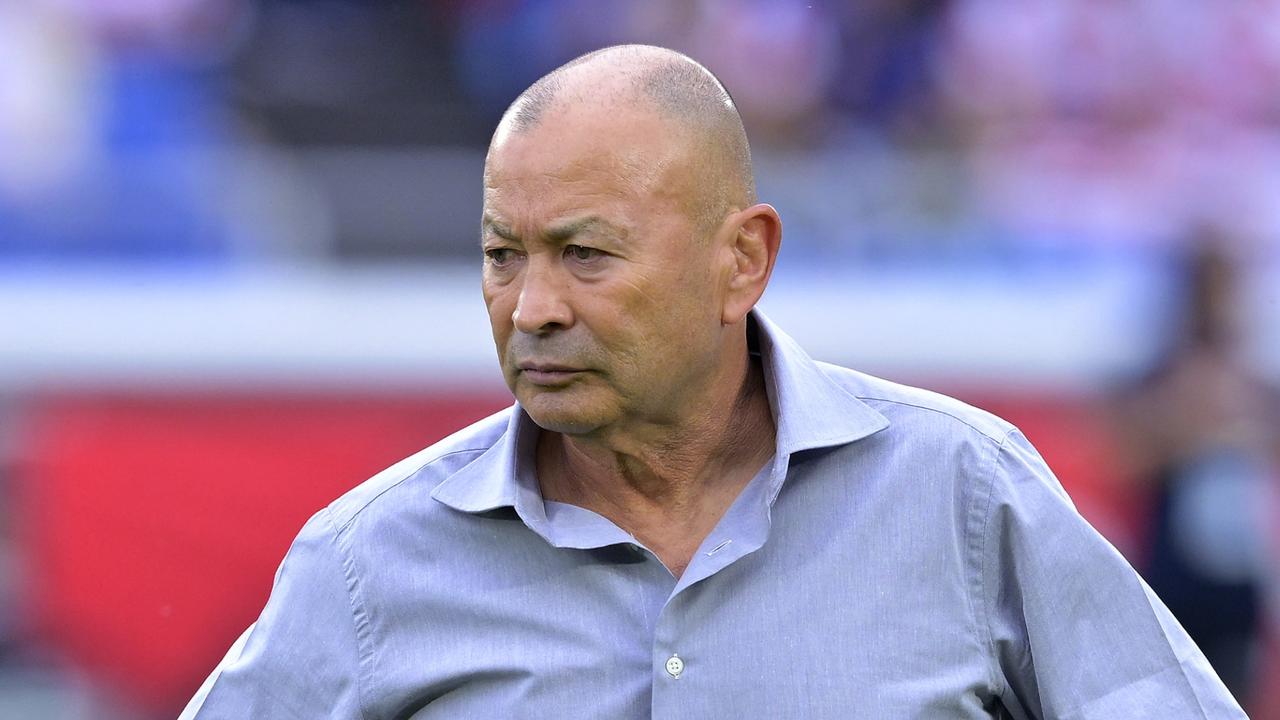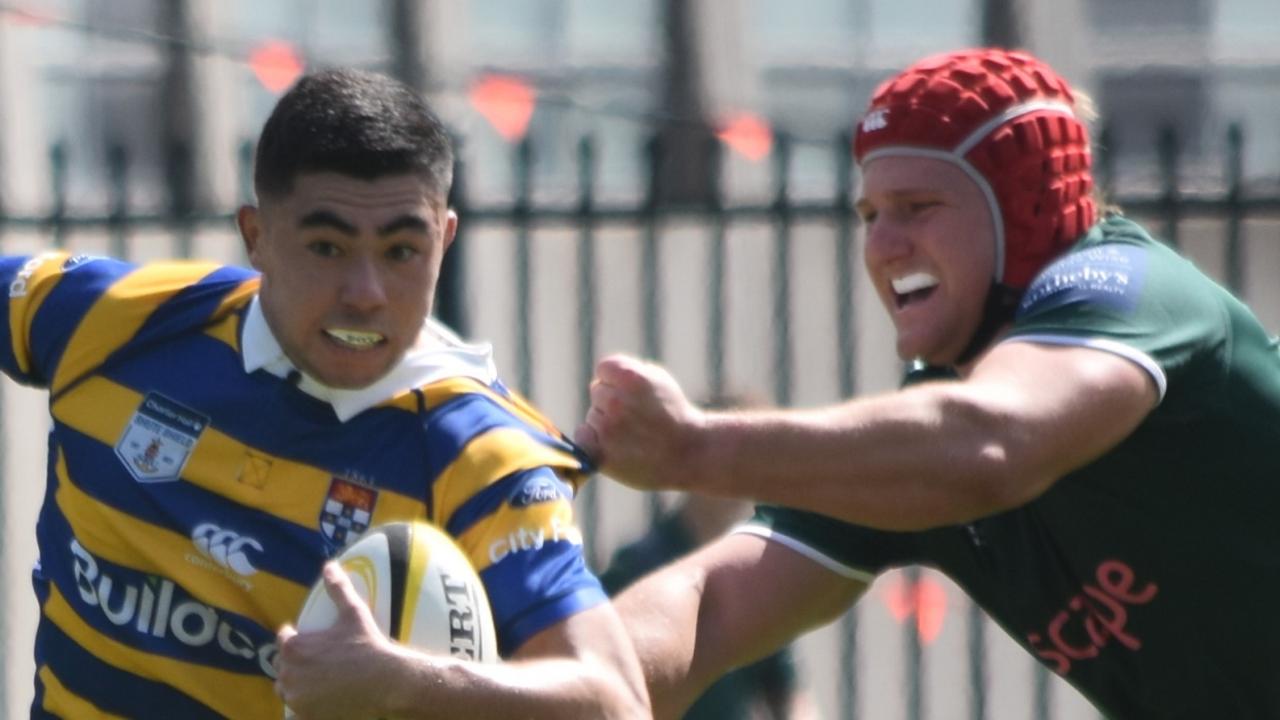The myth about the Broken Bay name and the Narrabeen connection
It is widely believed that Broken Bay was named by Lieutenant James Cook as he sailed up the coast in early May 1770.

Manly
Don't miss out on the headlines from Manly. Followed categories will be added to My News.
It is widely believed that Broken Bay was named by Lieutenant James Cook as he sailed up the coast in early May 1770.
As the story goes, Cook spied what he described as “some broken land” as he sailed north and called it Broken Bay.
But Cook was off Narrabeen when he referred to the “broken land” and he never even saw what we now call Broken Bay because he passed it during the night.
The story behind the myth was fully exposed by historian Ray Parkin in his book H.M. Bark Endeavour: Her Place in Australian History, in which Cook’s voyage up the east coast of Australia is examined in close detail.
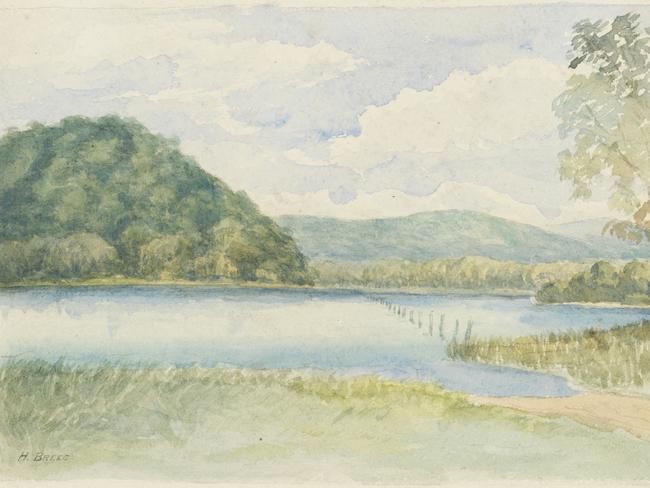
But Parkin wasn’t the first to question the accepted story.
According to Cook’s log, he left Botany Bay at dawn on Sunday May 6, 1770 and steered north-east into a light north-westerly breeze.
But the going was slow and it was not until noon that he was off Sydney Heads.
“At this time we were between two and three miles distant from the land, and abreast of a bay, or harbour, in which there appeared to be good anchorage, and which I called Port Jackson,” he wrote
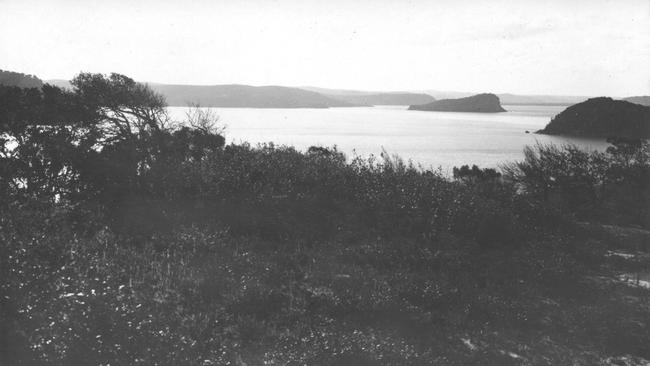
“This harbour lies three leagues (about 15km) to the northward of Botany Bay.”
By sunset Cook had sailed only a few more leagues north when he saw “some broken land, that seemed to form a bay”.
At the time, Cook was four leagues (about 20km) off the shore and would not have been able to see that there was a beach between Collaroy Plateau and Elanora Heights.
All he would have seen were the two hills and an indentation in the landscape – the “broken land” – which he called Broken Bay.
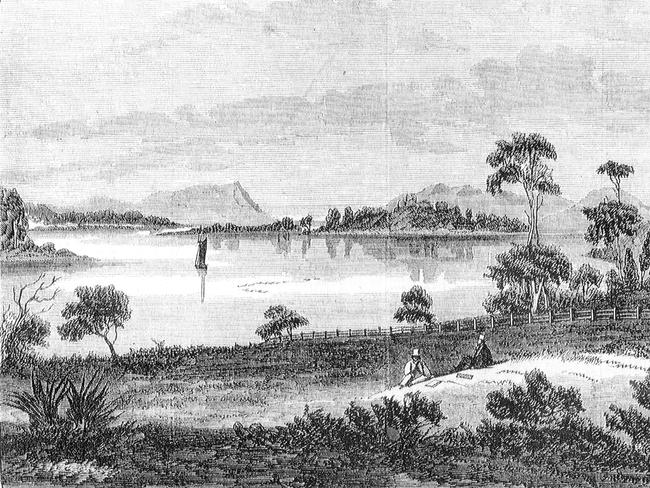
Cook gave his position at the time as 33º 42’ South – the precise latitude of Narrabeen Beach.
Not stopping to investigate, Cook sailed on but his ship’s progress was so slow that by the following morning he was north-east of Cape Three Points and by noon he had only got as far north as Terrigal.
This means Cook passed Broken Bay in the night – and at quite some distance – so he wouldn’t have seen it.
Thirty-two years later, on July 22, 1802, Matthew Flinders was charting the coast north of Sydney, using Cook’s map.
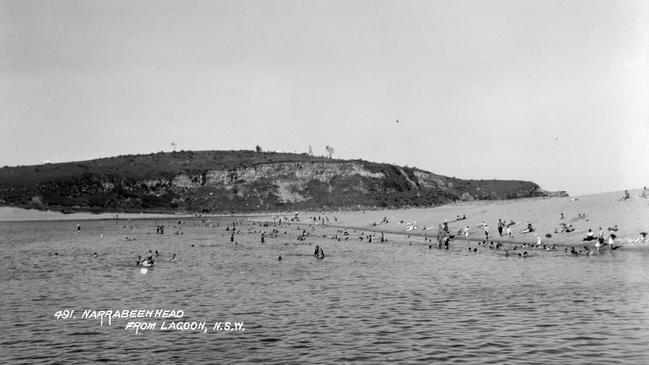
On his chart, Flinders located Cook’s “Broken Bay” near Narrabeen, at 33º 42’ South, although he was close enough to the shore to realise it wasn’t a bay at all.
When he passed what we now call Broken Bay, Flinders wrote in his log: “The colonists have called this place Broken Bay, but it is not what was so named by Captain Cook”.
The colonists Flinders were referring to were the men and women of the First Fleet, who arrived at Sydney in January 1788.
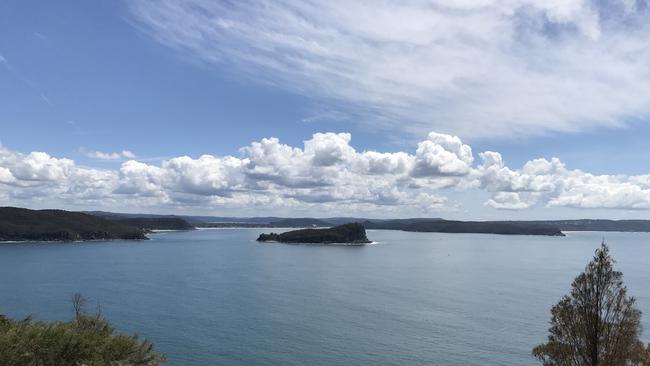
It was Governor Phillip who first travelled from Port Jackson to what we now call Broken Bay – first by boat and then overland – as he searched for arable land that could support the fledgling colony.
Whether Phillip realised his mistake or not, from that time on the name Broken Bay was thereafter the name of the bay that Cook never saw because he passed it in the night and it was well north of the place Cook mistakenly called Broken Bay in 1770.

